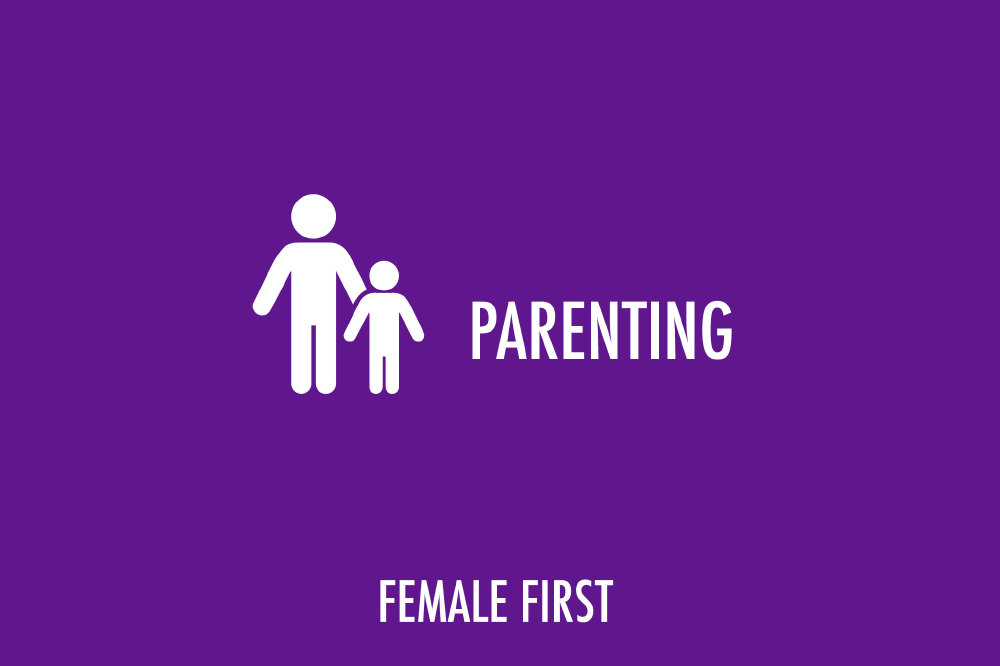Dave Gibson BSC has been practising as a Naturopath and Osteopath for over 11 years and is wooden bed makers, Warren Evans, very own Sleep Advisor.

Parenting on Female First
Here, he shares some of his practical sleep tips here to help your child, toddler, and infant - as well as you mums and dads - make the transition more easily:
1. Many parents have found success changing bed time over the course of two weeks, a week, or a weekend, depending on the age and temperament of your little one.
For young children, it's often easiest to change the bed time in 15 minute increments over a long weekend. If there is adjustment, then it won't interfere with waking up for school.
For babies and toddlers who nap, it's best to spread the change over a longer period of time. Depending on your child, you can begin by changing bed time by 5 minutes over 12 days until you're on the right schedule.
Some parents prefer to change the time by 10 minutes to reduce the number of adjustments.
2. Plan days with heavy activity, particularly physical activity, for the days on which you are putting the bed time earlier. Naps will be easier to move back, too, when children are more tired.
3. During the transition, at night dim the lights and close the curtains a half-hour or an hour before bedtime to encourage a sense that bed time is coming. Be sure that the windows have black-out shades as evenings stay lighter later.
4. In the mornings, make the lights brighter so that wake-up time is even more obvious than it might be otherwise.
5. Over the days you change bed time, be sure to change bath time, nap time and meal time to match the old routine. If the bed time changes are gradual - say, 10 minutes over 6 days - then change the other activities by 10 minutes as well.
6. Be sure to adjust your own schedule in the same way you change your children's. It will make the routine move more easily for everyone.
7. If you have a child who wakes up early naturally, and you'd like a later morning, move the bedtime back a half hour rather than an hour.
Many children have internal clocks and won't adjust to a full hour change, but you might get them to sleep an extra 30 minutes.
Adjust the time by 15 minutes in two increments, over the course of four days. If 30 minutes is too much for your child to adjust to, you still might get 15 minutes.
8. If your child is older, you can offer rules that support the change in routine. Some parents use clocks with a sun and a moon and tell the child that they must stay in bed as long as the moon is out.
Some use this as a way of reinforcing the lesson of telling time with the rationale that certain times are for playing and others for staying cosy under the blankets. What lessons would be useful for your children to learn with the time change as a marker?
9. Always be careful with what your child eats close to bed time. Do not allow children to have drinks that contain caffeine and or food and drinks that contain lots of sugar, especially late in the day, as they can affect the ability to fall asleep. Milk contains tryptophan which increases the amount of serotonin a natural sedative.
This is why a lot of old folk remedies include warm milk. A banana with milk provides vitamin B6 which helps convert the tryptophan to serotonin. Another fruit to consider is Cherries which contain melatonin which the body produces to regulate sleep.
10. Try relaxation exercises to help your children to get themselves off to sleep more comfortably for example try tensing and relaxing each limb / muscle of the body in sequence to teach them how to let go of tension and bring their focus into their body.
Also teach them to breath from their diaphragm by placing you hand on their belly as the breath in and out. This will help them relax more easily.
Regardless, any disruption tends to be temporary. Most infants and children get back on schedule within 3 days.

